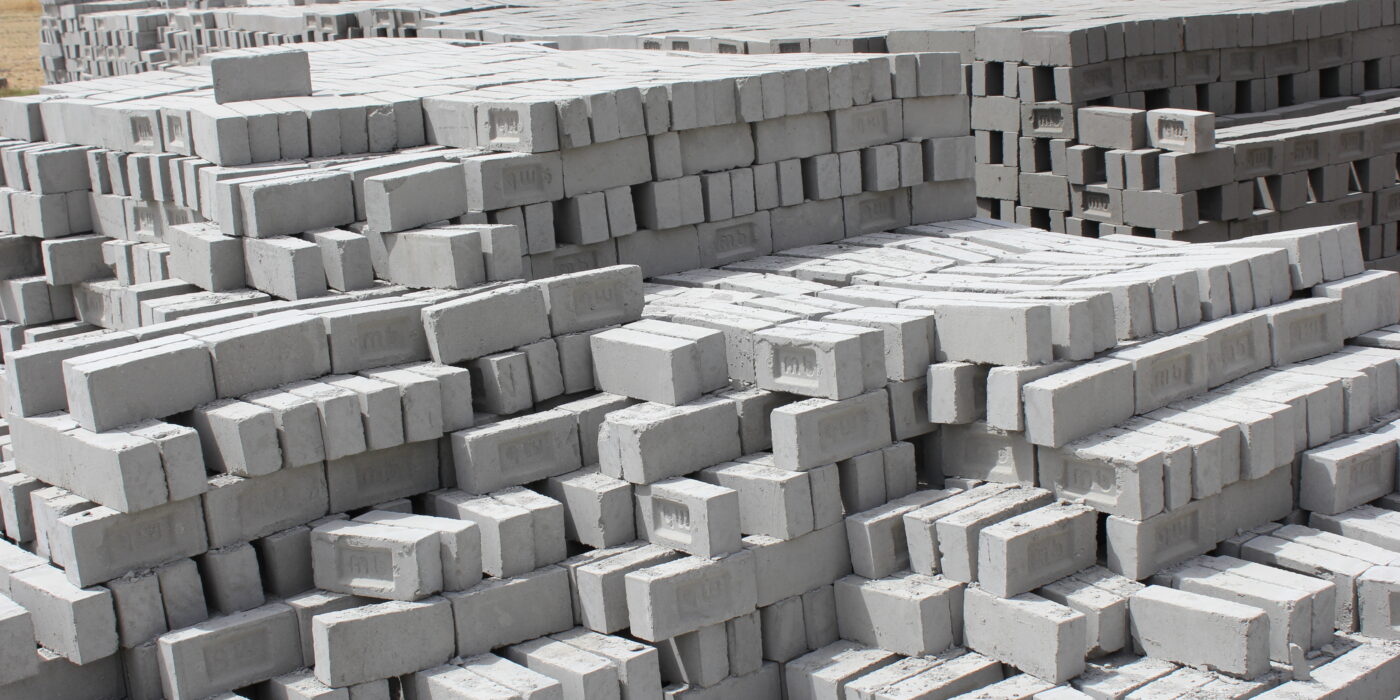Building strong, durable, and environmentally friendly structures has become a top priority in modern construction. Traditional materials like clay bricks are being complemented by innovative alternatives that offer better performance and sustainability. Among these, Fly Ash Bricks have gained significant attention due to their strength, consistency, and eco-friendly properties.
In this blog, we will explore everything you need to know about Fly Ash Bricks: their types, manufacturing process, costs, advantages and disadvantages, how they compare to regular bricks, and the latest rates in Pakistan for builders and homeowners.
What Are Fly Ash Bricks?
Fly Ash Bricks are high-quality building blocks made primarily from fly ash, a by product of coal-fired power plants, mixed with cement, sand, and water. Unlike conventional clay bricks, these bricks are cured instead of fired, giving them a smooth finish, uniform size, and superior strength. Depending on the application, other additives like lime or gypsum may also be used to enhance durability and workability.
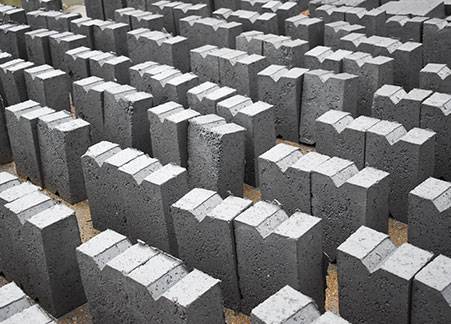
How They Differ from Traditional Clay Bricks
Unlike clay bricks, which are made by baking clay at high temperatures, Fly Ash Bricks:
- Are lighter in weight, reducing the overall load on structures.
- Have higher compressive strength, making them suitable for load-bearing walls.
- Feature uniform dimensions, which simplifies construction and reduces mortar usage.
- Absorb less water, minimizing dampness and cracking.
- Require less energy for production, as they do not need firing in kilns.
Environmental Benefits and Sustainability
Fly Ash Bricks are considered an eco-friendly construction material because:
- They recycle industrial waste, reducing fly ash disposal into landfills.
- They conserve topsoil, as they do not rely on clay extraction.
- They reduce greenhouse gas emissions, since no firing is involved.
- They support sustainable construction practices, promoting long-term environmental responsibility.
By combining strength, durability, and sustainability, Fly Ash Bricks have become a preferred alternative to traditional bricks for builders and homeowners alike.
Types of Fly Ash Bricks
Fly Ash Bricks are versatile and come in multiple types, each tailored to meet specific construction requirements. Choosing the right type can improve durability, efficiency, and cost-effectiveness of your project.
Solid Fly Ash Bricks
Solid Fly Ash Bricks are the most commonly used type for general construction due to their strength and density. They are ideal for walls and structures that require maximum stability and load-bearing capacity.
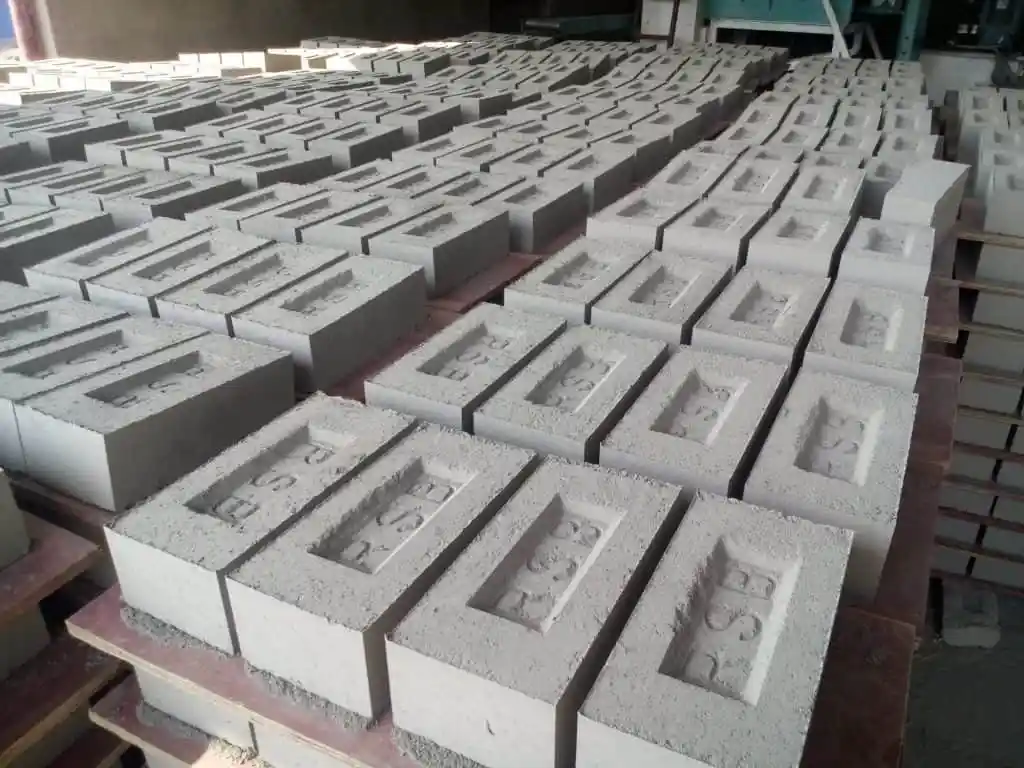
Characteristics:
- Dense and robust with high compressive strength.
- Offers excellent durability and uniformity.
- Provides good thermal insulation for walls.
Applications:
- Load-bearing walls in residential and commercial buildings.
- Boundary walls and fencing.
- General masonry work where strength and durability are key.
Hollow Fly Ash Bricks
Hollow Fly Ash Bricks are designed with air cavities to reduce weight and improve insulation. They are suitable for constructions where reducing structural load and enhancing energy efficiency is important.
Characteristics:
- Lighter than solid bricks due to hollow cavities.
- Reduces overall structure weight, saving on foundation costs.
- Offers better thermal insulation because of trapped air pockets.
Applications:
- Partition walls and non-load-bearing structures.
- Multi-story residential buildings where weight reduction is important.
- Interior walls for improved energy efficiency.
High-Density Fly Ash Bricks
High-Density Fly Ash Bricks are made for heavy-duty construction. Their increased density and strength make them ideal for industrial and large infrastructure projects.
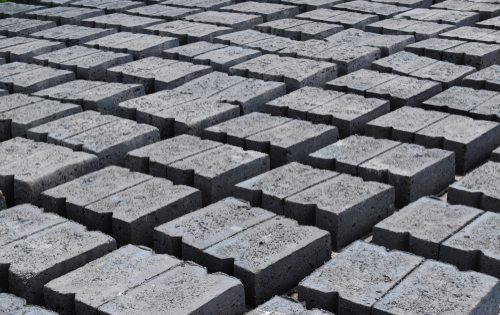
Characteristics:
- Manufactured with higher fly ash and cement content, resulting in very high compressive strength.
- Provides enhanced durability and resistance to weathering.
- Suitable for heavy-duty construction.
Applications:
- Industrial buildings and warehouses.
- Bridges and retaining walls.
- Foundations requiring high-load-bearing capacity.
Specialty Fly Ash Bricks
Specialty Fly Ash Bricks are designed to meet specific functional needs beyond standard construction. They include variants for fire resistance, soundproofing, and lightweight structures.
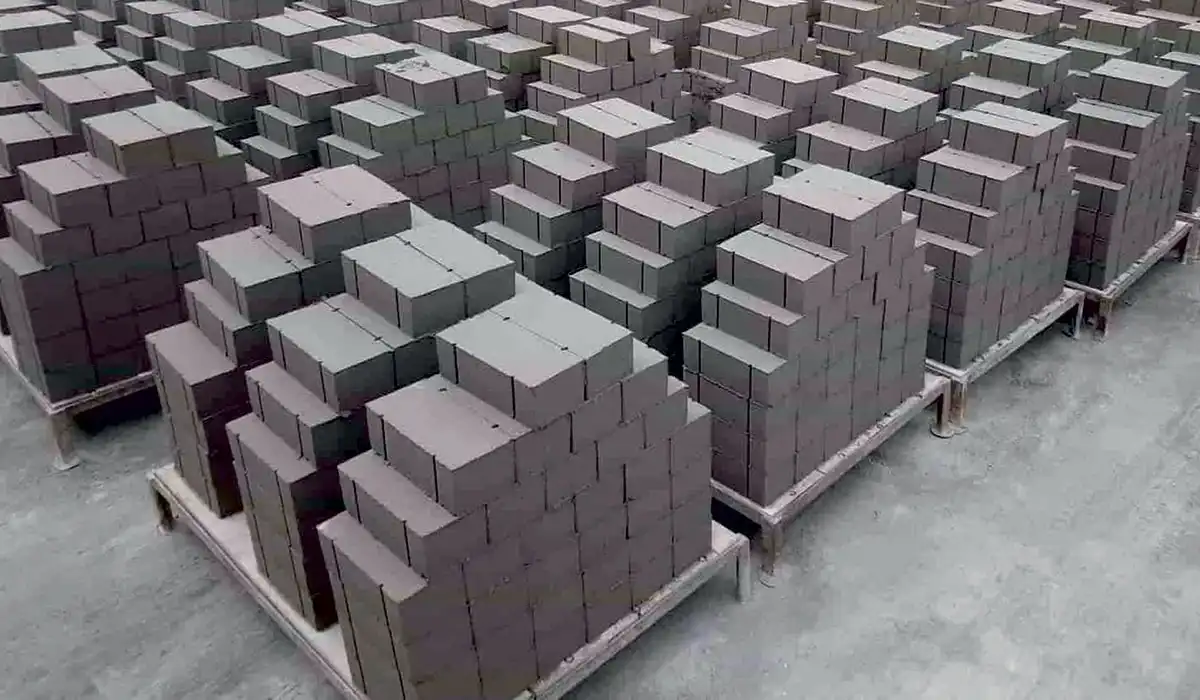
Characteristics:
- Fire-resistant bricks: withstand high temperatures.
- Soundproof bricks: reduce noise transmission.
- Lightweight bricks: ideal for high-rise buildings.
- Can be produced in both solid and hollow forms.
Applications:
- Fire-resistant bricks: kitchens, industrial zones, and chemical plants.
- Soundproof bricks: offices, theaters, and residential complexes in noisy areas.
- Lightweight bricks: multi-story residential and commercial buildings where structural load reduction is required.
Fly Ash Brick Price List (As of September 2025)
| Brick Type | Price per Brick | Price per 1,000 Bricks | Price per 3,000 Bricks | Notes |
| Fly Ash Brick | ₨ 18 | ₨ 18,000 | ₨ 54,000 | Standard size: 9″ x 4.5″ x 3″; eco-friendly and durable. Niazi bricks |
Buyers need to keep in mind that these prices are based on the standard size of 9″ x 4.5″ x 3″ and may vary depending on location, quantity, and delivery charges.
Manufacturing of Fly Ash Bricks
Fly Ash Bricks are made from a combination of fly ash, cement, sand, and water. Additional additives like lime or gypsum may be used in specific mixes to enhance strength, workability, and durability. Fly ash, a byproduct of coal-fired power plants, is the primary component, giving the bricks their eco-friendly credentials.
Step-by-Step Manufacturing Process
- Mixing: Fly ash, cement, sand, and water are measured in precise proportions and thoroughly mixed to form a consistent slurry.
- Molding: The mixture is poured into molds to form bricks of standard dimensions. Some molds create hollow bricks to reduce weight.
- Compaction: Bricks are compressed either manually or using a hydraulic press to achieve desired density.
- Curing: Molded bricks are cured under controlled conditions, typically for 7–14 days, to achieve maximum strength without firing.
Manual vs Machine-Made Bricks
- Manual Bricks: Produced using hand molds; suitable for small-scale production.
- Machine-Made Bricks: Manufactured using hydraulic presses or brick-making machines; offer consistent size, strength, and faster production rates, ideal for large projects.
Quality Control Measures
- Uniform size and shape inspection
- Compressive strength testing to ensure structural suitability
- Water absorption tests to ensure durability
Visual inspection for surface defects or cracks
Manufacturing Cost
The main cost components include fly ash, cement, sand, and water. Cement is typically the most significant contributor to total production cost.
Labor and Machine Costs
- Labor costs vary depending on manual or machine production.
- Machine-made bricks require investment in hydraulic presses, molds, and maintenance, which increases initial setup cost.
Factors Affecting Production Cost in Pakistan
- Regional availability of raw materials
- Transportation costs to construction sites
- Local energy costs for production facilities
- Scale of production and automation level
Economical Considerations for Small vs Large-Scale Production
- Small-scale units: Lower setup costs but higher per-brick labor expenses.
- Large-scale units: Higher initial investment but lower production cost per brick and consistent quality.
Difference Between Fly Ash Bricks and Regular Clay Bricks
| Feature | Fly Ash Bricks | Traditional Clay Bricks |
| Strength and Durability | Higher compressive strength; load-bearing walls supported | Moderate strength; may crack over time |
| Weight and Thermal Insulation | Lighter; better insulation | Heavier; moderate insulation |
| Water Absorption & Moisture Resistance | Low absorption; reduces dampness | Higher absorption; more prone to moisture issues |
| Environmental Impact | Eco-friendly; uses industrial waste; conserves topsoil | Requires clay extraction; energy-intensive firing |
| Cost-Effectiveness | Slightly higher upfront cost but saves on mortar, plaster, and maintenance | Lower upfront cost but more maintenance over time |
Advantages and Disadvantages of Fly Ash Bricks
Advantages
- Lightweight and easier to handle
- High compressive strength and durability
- Eco-friendly; recycles industrial waste
- Uniform size reduces mortar and plaster usage
- Fire-resistant and termite-proof
Disadvantages
- Limited availability in some regions
- Slightly higher initial cost compared to clay bricks
- Requires proper curing to achieve full strength
This was all about fly ash bricks. For more information on similar content such as green buildings, visit Chakor blogs.
FAQs
What are Fly Ash Bricks and how are they made?
ly Ash Bricks are eco-friendly bricks made from fly ash, cement, sand, and water. They are molded and cured instead of fired, resulting in strong, uniform bricks suitable for modern construction.
Are Fly Ash Bricks stronger than traditional bricks?
Yes, they generally have higher compressive strength and durability compared to standard clay bricks, making them suitable for load-bearing walls.
Can they be used for load-bearing walls?
Absolutely. Solid and high-density Fly Ash Bricks are designed for load-bearing applications in both residential and commercial buildings.
How much does a 50 kg bag cost in Pakistan?
Fly Ash Bricks are sold individually or in bulk; a single brick costs around ₨ 18–22, while 1,000 bricks can cost between ₨ 18,000 and ₨ 22,000, depending on supplier and region.
Where can I buy Fly Ash Bricks in Pakistan?
They are available from suppliers like Niazi Bricks, Zarea, Bajisitan, Flyash.pk, and Ultratech Cement, with regional delivery options for large construction projects.

